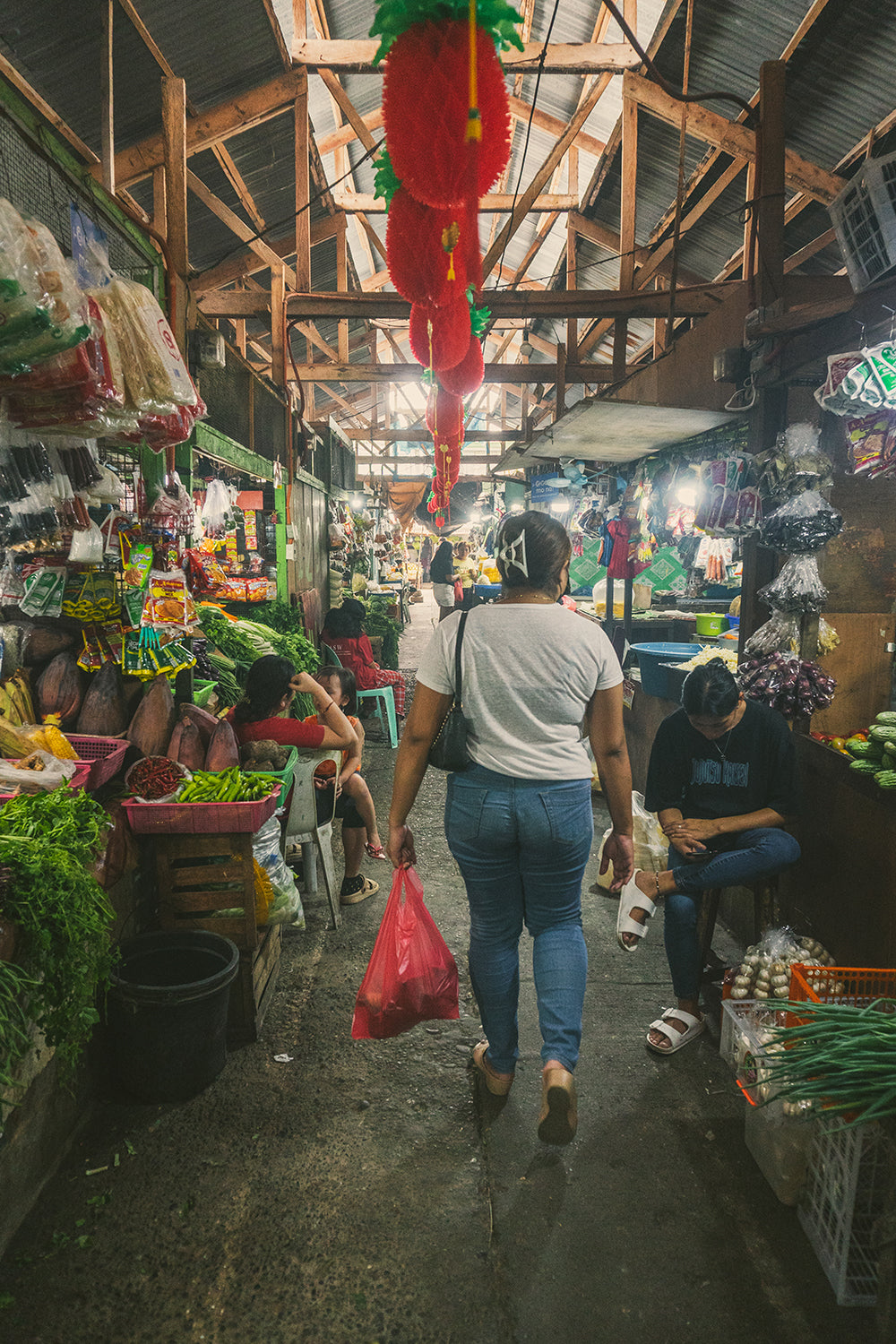Palengke, also known as a market or marketplace, is a vibrant and essential part of Filipino culture. It serves as a focal point for economic activities, social interactions, and the exchange of goods. Foreigners often find the experience of visiting a palengke in the Philippines to be both fascinating and unique, especially when they encounter the diverse array of goods on display, including livestock, fish, meat, fruits, and vegetables.



One of the most striking aspects of a Philippine palengke for foreigners is the lively and bustling atmosphere. The market is typically filled with colorful stalls and vendors passionately haggling (tawad) and engaging with customers. The vibrant chatter, the aroma of various spices, and the sounds of vendors promoting their products create a sensory-rich experience that is quite different from the more sterile and controlled environments of supermarkets in many Western countries.
Livestock, such as chickens, ducks, and sometimes even pigs, are often displayed in cages. This open display of live animals may initially surprise foreigners and tends to evoke strong reactions, sparking a mix of fascination, surprise, and even a bit of shock as it is less common in Western markets. However, it reflects the Filipino preference for fresh and locally sourced ingredients. Customers can select their desired animal, and it will be slaughtered on the spot to ensure the freshness of the meat.
The fish section is another fascinating area for foreigners. The Philippines, being an archipelago, boasts a rich variety of seafood. Fish are often laid out on ice, showcasing the day's catch. Customers can choose from an assortment of fish, crabs, shrimp, and other marine delicacies. The sight of live fish swimming in large basins is not only a testament to the freshness of the seafood but also a cultural experience that highlights the importance of seafood in Filipino cuisine.




The meat section offers a diverse selection of cuts, including pork, beef, and sometimes goat or lamb. Vendors skillfully butcher meat according to customer preferences, and it's not uncommon for foreigners to witness traditional Filipino cooking cuts and techniques that may differ from what they are accustomed to in their home countries.
The fruit and vegetable section is a riot of colors, with vendors proudly displaying an abundance of locally grown produce. Exotic tropical fruits, such as mangoes, bananas, pineapples, and rambutans, can be found alongside more familiar options. The sheer variety and freshness of the fruits and vegetables are often a pleasant surprise for foreigners, who may not have encountered such diversity in their home markets.



In general, foreigners tend to appreciate the authenticity and cultural richness of the palengke experience. The open-air markets provide a glimpse into the heart of Filipino daily life, where community, tradition, and commerce intersect. While the display of live animals and the bustling atmosphere may initially be a cultural shock, many foreigners come to appreciate the freshness and quality of the products, as well as the warmth and hospitality of the vendors. The palengke is not just a place to shop; it's a cultural immersion that enhances the overall experience of visiting the Philippines.



